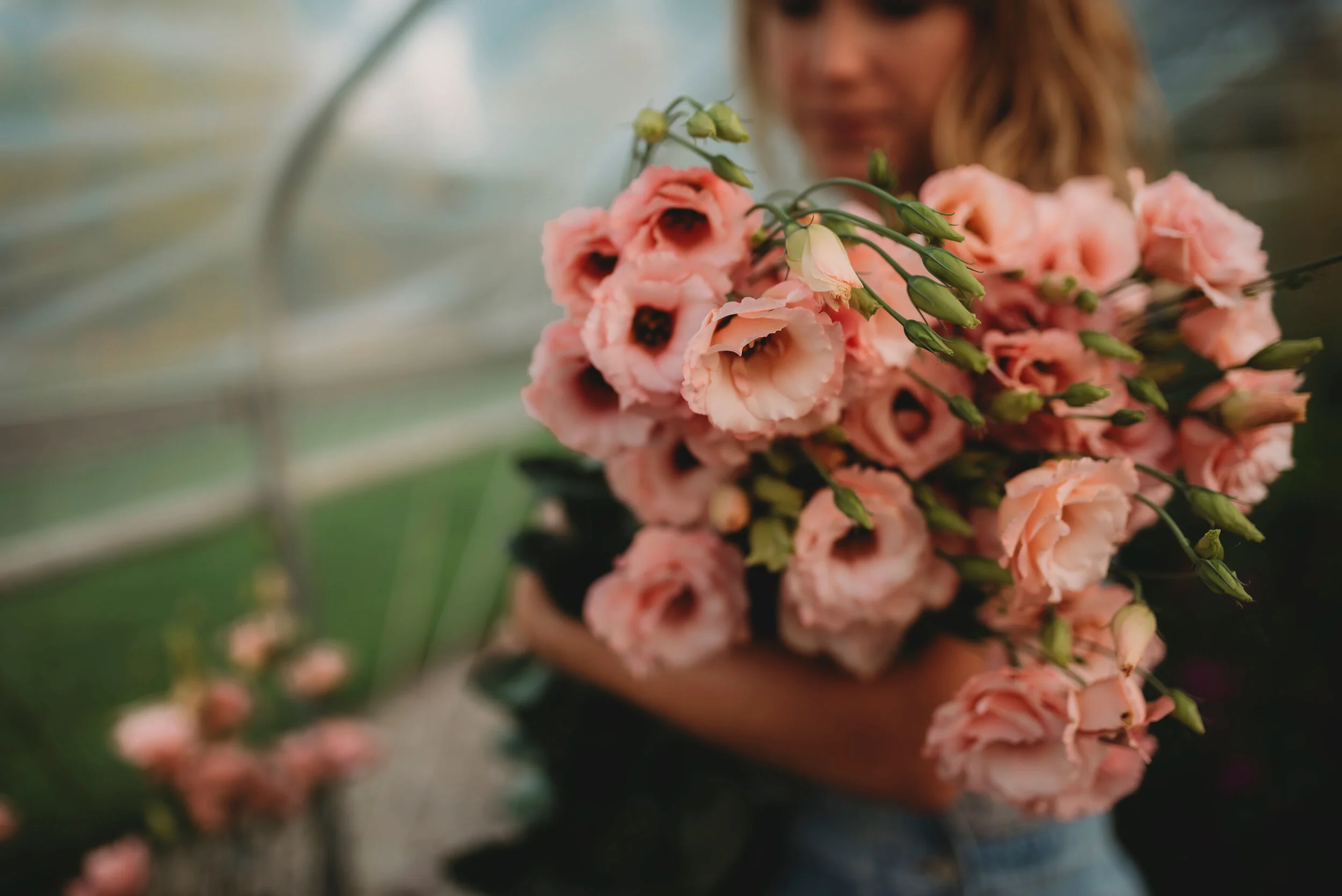Seed Germination Lesson Plan
Seed Germination
A lesson plan for all ages to learn about seeds and their germination process.
For all you accidental homeschool Mom’s, this week we are giving you a fun lesson plan for any age to learn about seeds and their germination process. With planting season just around the corner, now is a great time to dive in and learn how we go from seed to harvest. We would love to see how your projects turn out. Tag us or email us your photos - we can’t wait to see you growing.
ITEMS NEEDED
3 Ziploc baggies per student
Clean seeds
Masking tape
Paper towels
ACTIVITES
1. Wet 3 paper towels and put 1 in each baggie
2. Put a seed in each baggie and close
3. Tape one bag to a window that receives sunlight (with the seed facing the window)
4. Put one bag in the refrigerator
5. Put the third bag in a dark place that receives no light such as a closet
6. Make a guess as to which seed will germinate first
7. Look at each seed every day for 12 days and compare how much they have grown (this can be done by drawings, in writing, or orally)
A STEP FURTHER
Talk about what botany is – the study of plants. The word botany comes from the Greek word botane which means plant.
Discuss how seeds are dormant – derives form the Latin word dormire which means to sleep (think of the Dormouse in Alice in Wonderland who slept all of the time)
To wake up a seed, you need water, warmth, and air.
PARTS OF A SEED
testa (coat) hilum (the belly button of the seed which is found in the curve of the seed)
cotyledons which provide food for the embryo until it makes its own food embryo (the part that grows into a plant)
radicle (embryo’s root)
hypocotyl (becomes the stem)
plumele (first true leaves of a plant)
ADVANCED ACTIVITES
Take a nature walk and see if you can find any seeds. In winter, you can find walnuts, rose hips, berries, acorns, flowers that have gone to seed in your flower bed, seeds on pine cones, or hickory nuts. Start a seed collection. When you eat a piece of fruit, save the seeds and dry them out and then save in an envelope that you labeled.
BOOKS TO READ ON SEED GERMINATION
How a Seed Grows by Helene Jordan
Magic School Bus Plants Seeds The Tiny Seed by Eric Carle
Oh Say Can You Seed by Bonnie Worth
National Geographic Seed to Plant Reader A Seed is Sleepy by Diana Aston
Lola Plants a Garden by Anna McQuinn
The Reason for a Flower by Ruth Heller



